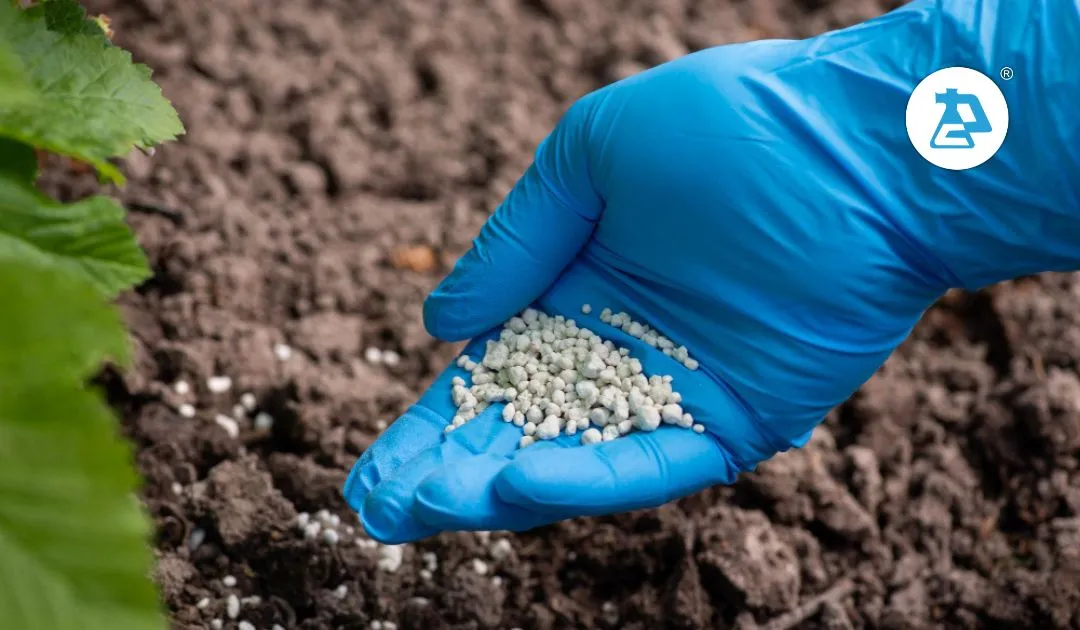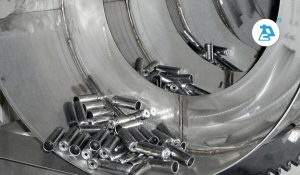Introduction:
Lentils, a staple in many diets worldwide, play a crucial role in global food security. As agriculture faces the challenges of sustainable practices and environmental stewardship, the use of biofertilizers emerges as a promising solution. This comprehensive guide explores the world of biofertilizers and their specific applications in lentil production. By understanding how these natural inputs enhance plant growth and reduce reliance on traditional nitrogen fertilizers, we can pave the way for a more sustainable and resilient agricultural future.
Understanding the Need for Sustainable Agriculture:
Modern agriculture often relies heavily on synthetic fertilizers to meet the nutrient demands of crops, with nitrogen being a primary component. While these fertilizers boost productivity, they come with environmental drawbacks, such as soil degradation, water pollution, and greenhouse gas emissions. Sustainable agriculture seeks alternatives that balance productivity with environmental responsibility. Biofertilizers, derived from living organisms, offer a green solution to address these challenges.
Nitrogen in Agriculture:
Nitrogen, essential for plant growth, poses an environmental quandary in agriculture due to the adverse effects of traditional nitrogen fertilizers. Over reliance on synthetic fertilizers contributes to soil degradation, water pollution, and greenhouse gas emissions. This predicament underscores the need for sustainable alternatives, and biofertilizers emerge as a promising solution. These biological agents, including nitrogen-fixing bacteria, foster a symbiotic relationship with plants, enhancing nutrient availability while promoting overall soil health. Unlike their synthetic counterparts, biofertilizers operate harmoniously with nature, offering a sustainable approach to address the critical nitrogen requirements of crops and mitigate the environmental challenges associated with conventional nitrogen fertilizers.
Benefits of Biofertilizers in Lentil Production:
- Improved Nitrogen Utilization: The nitrogen-fixing abilities of Rhizobium and Bradyrhizobium bacteria are pivotal for lentil plants. By forming nodules on the roots, these bacteria convert atmospheric nitrogen into a usable form, significantly reducing the dependence on synthetic nitrogen fertilizers. This not only conserves resources but also mitigates the environmental impact associated with nitrogen runoff.
- Enhanced Phosphorus Availability: Lentils, being phosphorus-sensitive, benefit from phosphate-solubilizing bacteria that enhance phosphorus availability in the soil. Improved phosphorus uptake translates to better root development, flowering, and ultimately higher lentil yields.
- Disease Resistance and Stress Tolerance: The symbiotic relationships facilitated by biofertilizers contribute to increased resistance against soil-borne pathogens. Mycorrhizal fungi, for example, create a protective network around lentil roots, reducing susceptibility to diseases. Additionally, these beneficial microorganisms enhance the plant’s ability to withstand environmental stress, such as drought and salinity.
- Environmental Sustainability: Incorporating biofertilizers into lentil production aligns with sustainable agricultural practices. Reduced reliance on synthetic fertilizers minimizes the environmental footprint associated with their production and application. The ecological balance established by biofertilizers contributes to healthier soil ecosystems, promoting biodiversity and long-term soil fertility.
- Economic Benefits: While the initial adoption of biofertilizers may require investment, the long-term economic benefits are substantial. Enhanced lentil yields, coupled with reduced input costs associated with synthetic fertilizers, contribute to improved profitability for farmers. Moreover, the potential for healthier, nutrient-rich lentils can enhance market value.
Implementing Biofertilizers in Lentil Cultivation
- Seed Inoculation: Rhizobium inoculants are typically applied to lentil seeds before planting. This process ensures that the bacteria establish a symbiotic relationship with the emerging seedlings, kickstarting nitrogen fixation from the early stages of plant growth.
- Soil Application: Mycorrhizal fungi can be applied to the soil either directly or through seed treatment. These fungi establish connections with the root system, enhancing nutrient absorption and improving overall plant health.
- Integrating with Crop Rotation: To maximize the benefits of biofertilizers, incorporating lentils into crop rotation systems is advisable. This practice not only enhances soil fertility but also contributes to sustainable agriculture by diversifying crops and reducing the risk of pests and diseases.
Challenges and Considerations:
Despite the numerous benefits, the adoption of biofertilizers in lentil production is not without challenges. Factors such as variable efficacy, climate dependence, and the need for specific microbial strains can pose hurdles for farmers. However, ongoing research and advancements in biofertilizer technology aim to address these challenges, ensuring a more seamless integration into mainstream agriculture.
Conclusion:
In the quest for sustainable agriculture, biofertilizers emerge as a beacon of hope for lentil production. Harnessing the power of nitrogen-fixing bacteria, phosphate-solubilizing bacteria, and mycorrhizal fungi, farmers can enhance lentil growth, improve nutrient uptake, and reduce reliance on traditional nitrogen fertilizers. The environmental benefits, coupled with economic advantages, make biofertilizers a compelling choice for those seeking a more sustainable and resilient agricultural future. As we navigate the complexities of global food security and environmental stewardship, embracing biofertilizers in lentil production represents a significant stride toward a harmonious balance between productivity and sustainability.





